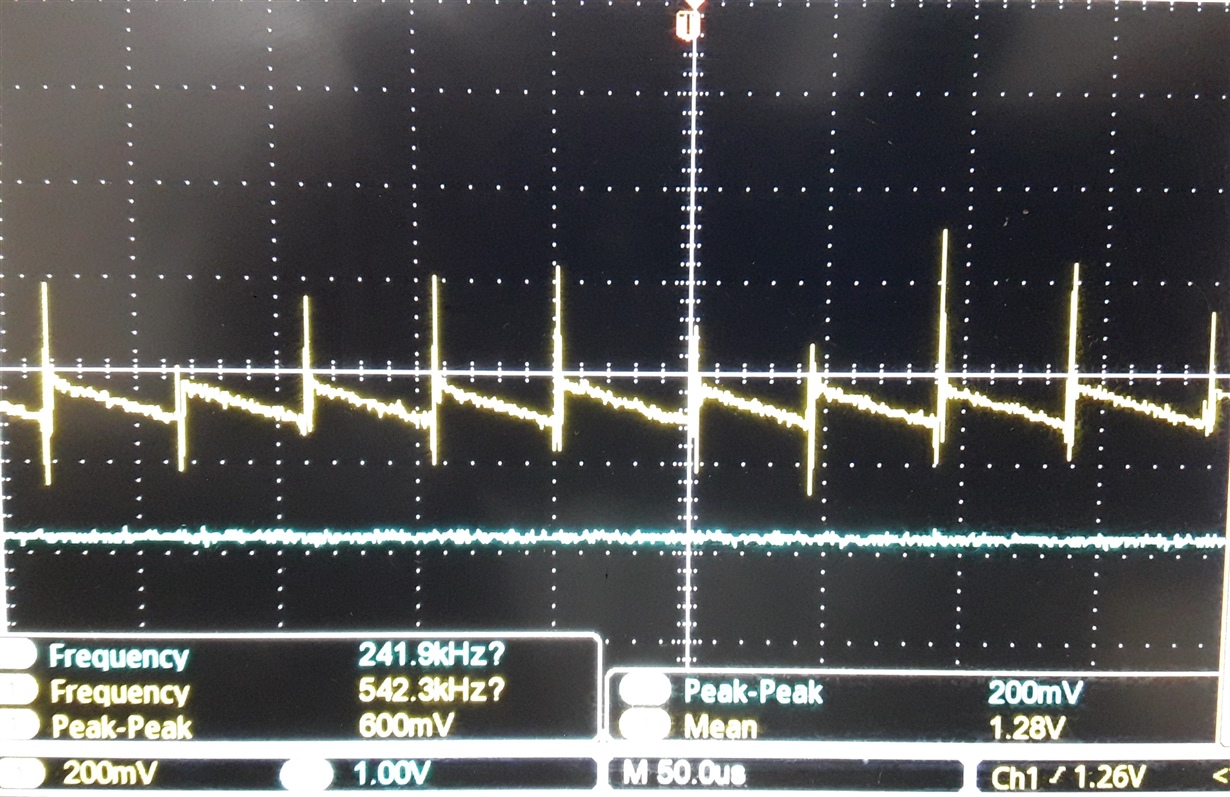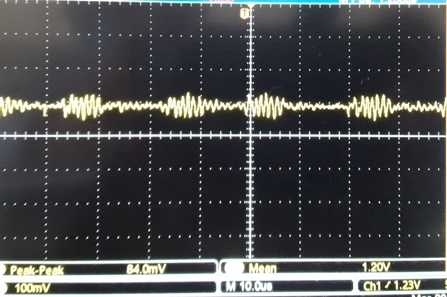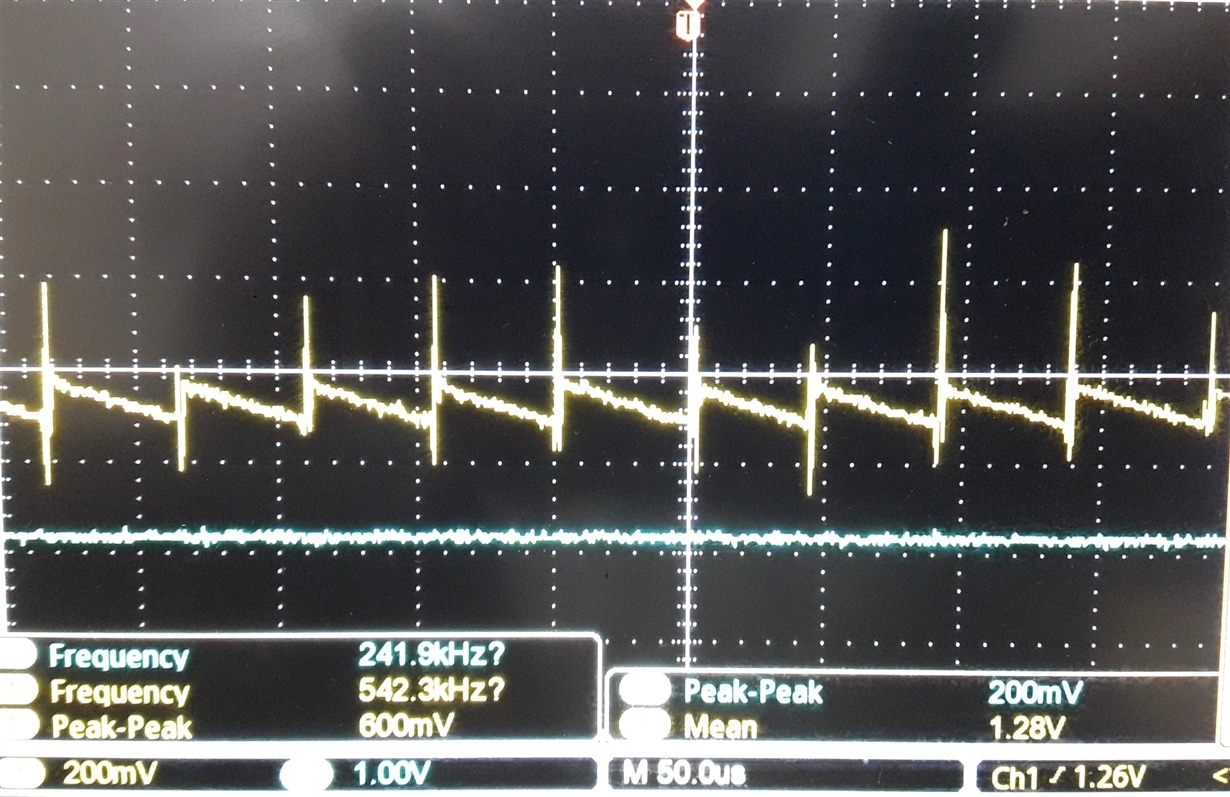Other Parts Discussed in Thread: EK-TM4C123GXL
Hi,
I have custom board based on TM4C123GH6PZ. I am having programming issue.
After checking in details I found so much noise on VDDC pin. I attached signals screenshot for your reference.
I already connected 0.1uF and 4.7uF ceramic capacitor to these pins. I checked noise on 3.3v dc. it is showing upto 80-100mV.
If I checked on VDDC pin. It is showing upto 600mV for 1.2V which is too much.
Why so much noise is coming on VDDC pin?
Thanks and regards,






